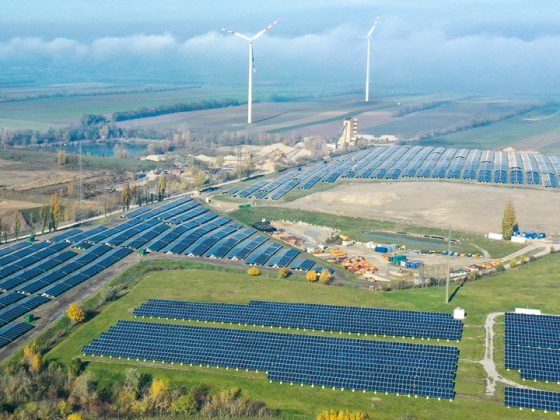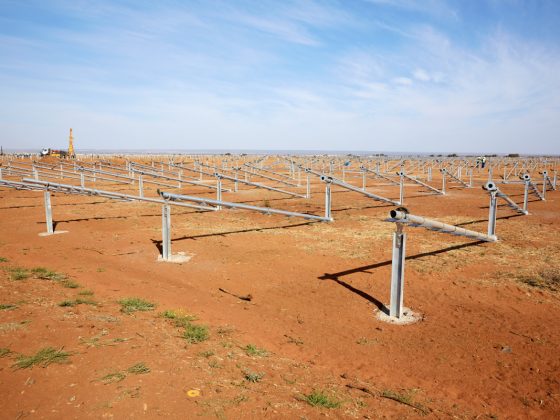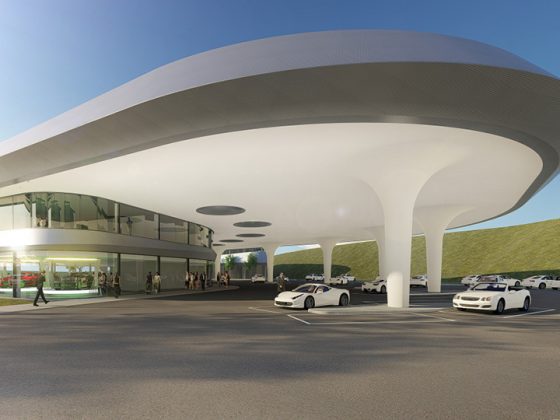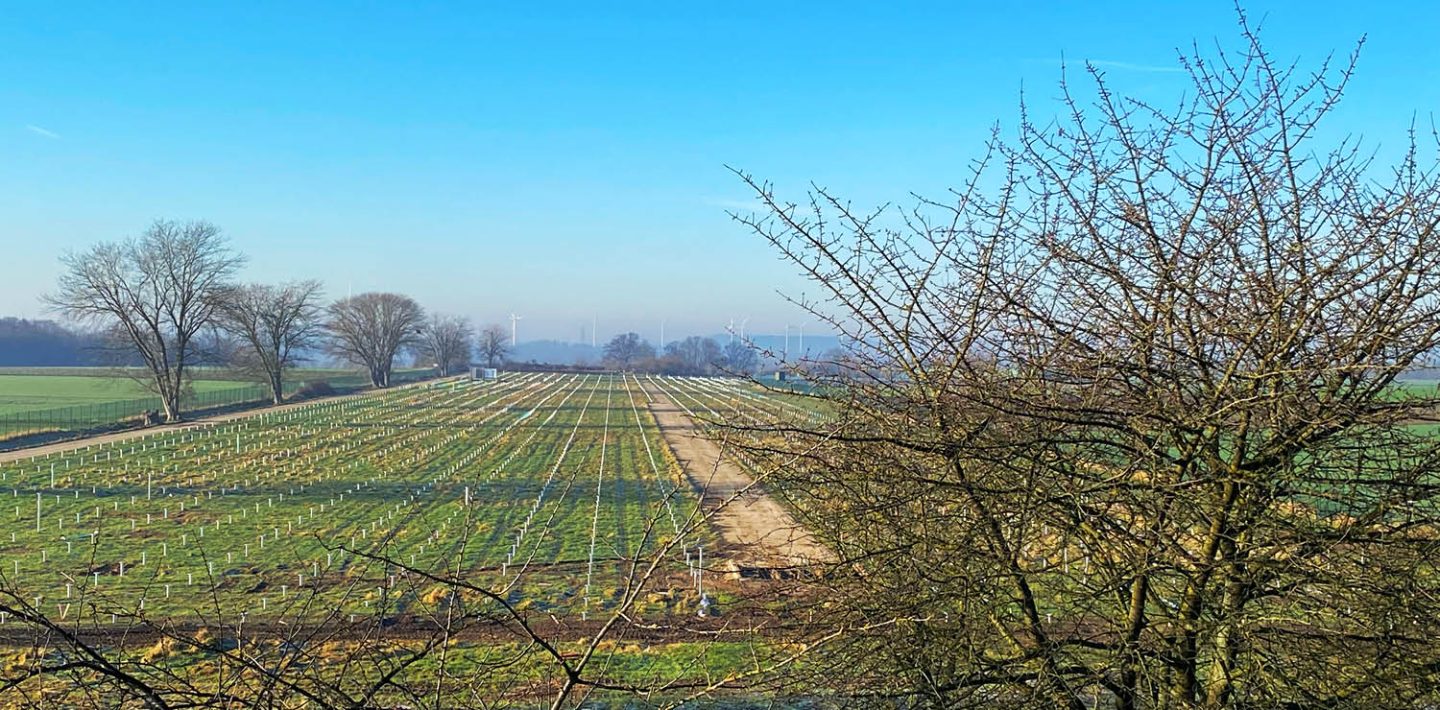
The district of Düren in North Rhine-Westphalia wants to become climate-neutral by 2035. To achieve this, buses and trains are to run on hydrogen. But this is only climate-neutral if the electricity for the electrolyser comes from renewable sources. The Merscher Höhe solar park in Jülich, one of the largest in Germany, serves this purpose. About 17,000 photovoltaic modules on an area of 9.5 hectares generate 9.2 megawatts and collect 9.7 gigawatt hours over the year.
With the electricity from the solar park, 170 tonnes of hydrogen can be produced annually. One day, up to 20 trains and 170 buses will be able to run on it. In the future, the hydrogen can also be consumed in the Brainergy business and innovation park. Some companies that want to settle there have already registered their demand for the oxygen that is a waste product of the electrolysis process. In addition, the waste heat from hydrogen production is to be fed into a low-energy network at the Brainergy Park and used to heat buildings.
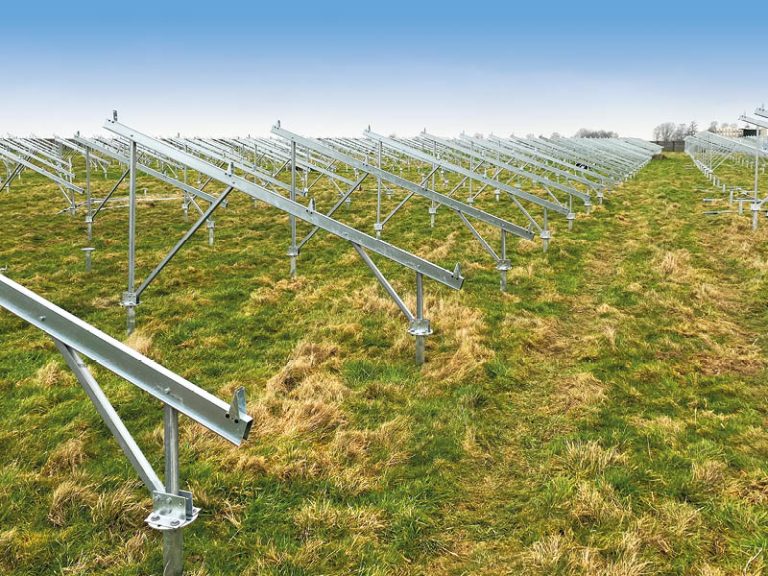
Animal lawnmowers
The animal world is also expected to benefit from the Merscher Höhe solar park. There have been enquiries from shepherds who would like to let their animals graze between the photovoltaic modules. This is worthwhile for both sides. The solar park is fenced in, the sheep are protected from enemies, they also find lush grass there, and the modules provide shade in summer. And the park operator saves on expensive mowing and fertilising. There have already been positive experiences with pig breeding elsewhere. Other animals also feel at home. Ground-nesting birds, for example, nest under the modules, or lizards, for which special rock piles are being built. And later, beehives are to be set up on the Merscher Höhe.
Specialised foundation
The solar park is being developed, financed and built by F&S solar service GmbH. Despite decades of experience, the Jülich project is a challenge. On the one hand, it is the first project of this size where the solar electricity flows via a direct cable connection to the production of hydrogen. For another, 7000 specially made screw anchors are used here to mount the racks for the modules. This is because the site, which until recently was home to Deutsche Welle radio masts, is a suspected explosive ordnance site. The screw foundations are screwed into the ground about one and a half metres deep by remote control from a safe distance.
The cables for the solar park come from LAPP, including 210 kilometres of string lines connecting the modules. From the 29 switch boxes, 21 kilometres of DC main lines go to the inverters. The transition to the medium-voltage grid is provided by 5.5 kilometres of AC cables. Also from LAPP are 3.5 km of fibre optic cables for monitoring the inverters and for data transmission from the weather station.
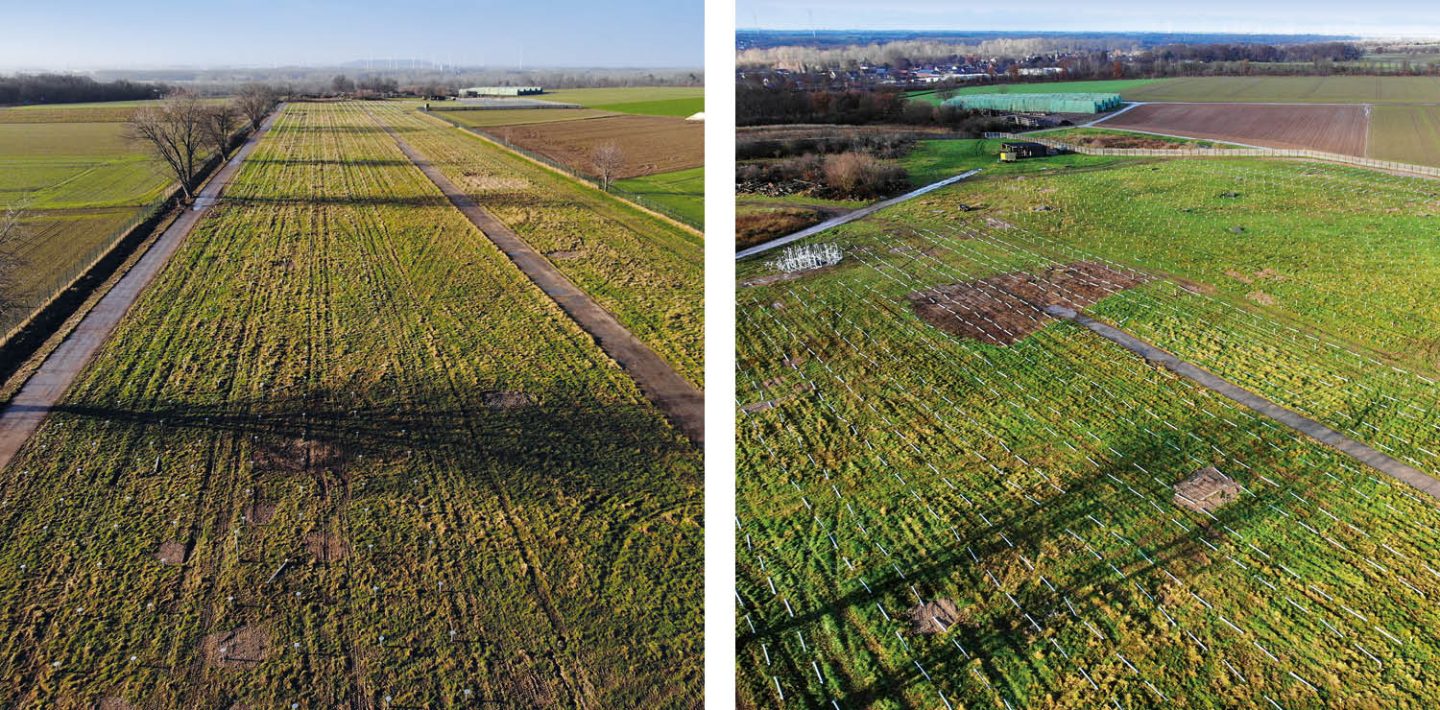
On time to the construction site
“We have had very good experience with LAPP, which is why we use these cables in all our solar parks worldwide,” praises Jens Brücken, Technical Managing Director at F&S solar service GmbH. “There are not many manufacturers who can supply such large quantities of cable at all.” For F&S Solar, the Merscher Höhe solar park in Jülich is just the starting signal for further projects that generate hydrogen with solar power. The cables there will also come from LAPP. Jens Brücken: “We appreciate that we get everything from a single source at LAPP.”
Brainergy Park Jülich
Construction work on the industrial estate began in March 2021; when completed, it will cover 52 hectares. The three partner municipalities of Jülich, Niederzier and Titz want to attract innovative companies there. Seven hectares are reserved for the topics of new energy and energy transition. The central building – the Brainergy Hub – will serve as a demonstration area for promising technologies related to energy, heating, cooling and hydrogen.

